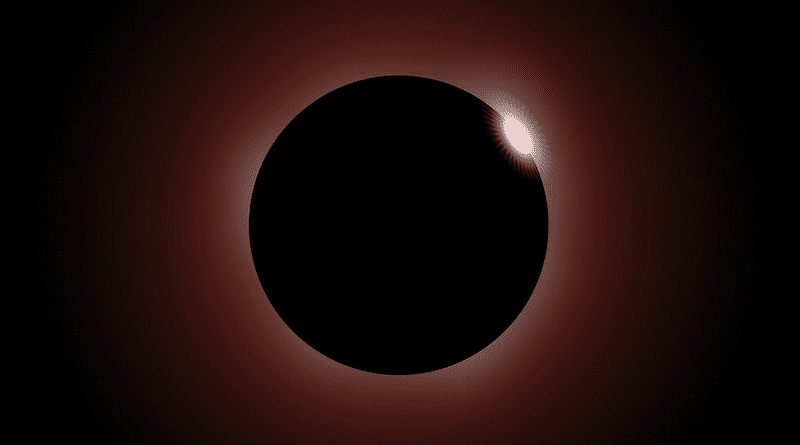NASA Releases New Solar Eclipse Educational Materials
To help learners of all ages understand how to safely observe the Oct. 14, 2023, annular solar eclipse and the April 8, 2024, total solar eclipse, NASA has released a new set of resources for educators.
My NASA Data, in collaboration with the NASA Heliophysics Education Activation Team (NASA HEAT), has released a new set of resources for educators centered around solar eclipses. My NASA Data allows students in grades 3 through 12 and their teachers to analyze and interpret NASA mission data. It also supports educators in the integration of authentic Earth systems data into their instruction.
The My NASA Data solar eclipse resources include lesson plans, mini-lessons (shorter activities for quick engagement), student-facing web-based interactives, and a longer “story map,” which deepens the investigation of the phenomenon over multiple class periods. Engage learners with data collected during past solar eclipses, including maps and visualizations, and how data is used to predict future solar eclipses. Learners can analyze NASA mission data from the Solar Terrestrial Relations Observatory (STEREO), the Solar Dynamics Observatory (SDO), and the Deep Space Climate Observatory (DSCOVR) missions.
The Sun’s energy interacts with all of Earth’s systems. The Sun produces a constant stream of particles called the solar wind, which flows outward from the Sun in all directions, interacting with our planet and others, and creating the heliosphere, which encompasses and protects our solar system. Total solar eclipses provide rare opportunities for scientists to observe the Sun’s corona (outer atmosphere), where the solar wind originates. These observations help scientists predict space weather events that may impact human and robotic space exploration, and affect the technology on Earth that humans rely on every day.
NASA conducts many experiments during solar eclipses, including monitoring atmospheric conditions, such as changes in air temperatures and clouds, and recording animal sounds. Learners can collect their own data on cloud and temperature observations during the upcoming solar eclipses with the GLOBE Observer Eclipse tool.
My NASA Data is part of the Global Learning and Observations to Benefit the Environment (GLOBE) Mission Earth, an international science and education program that provides students and the public worldwide with the opportunity to participate in data collection and the scientific process, and to contribute meaningfully to our understanding of the Earth system and global environment.

